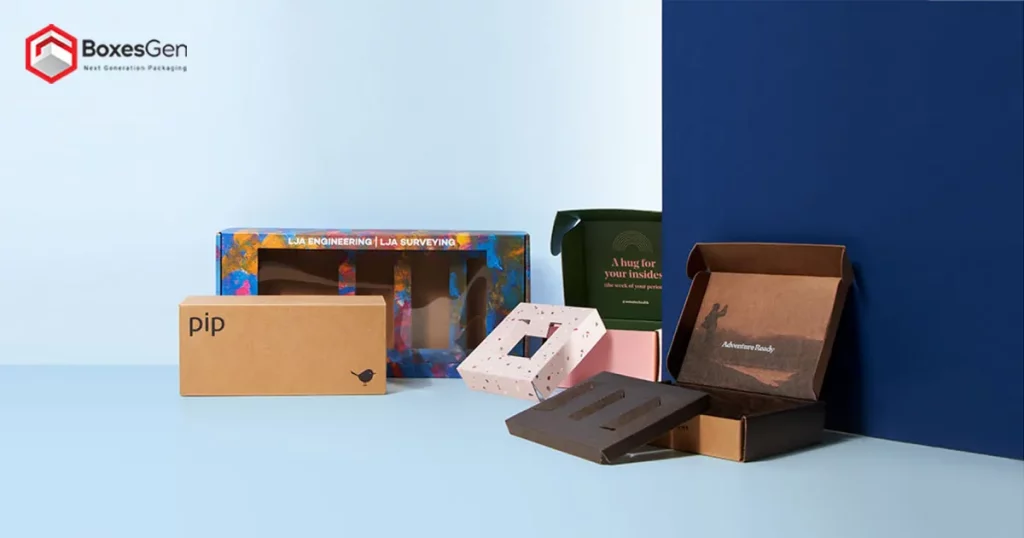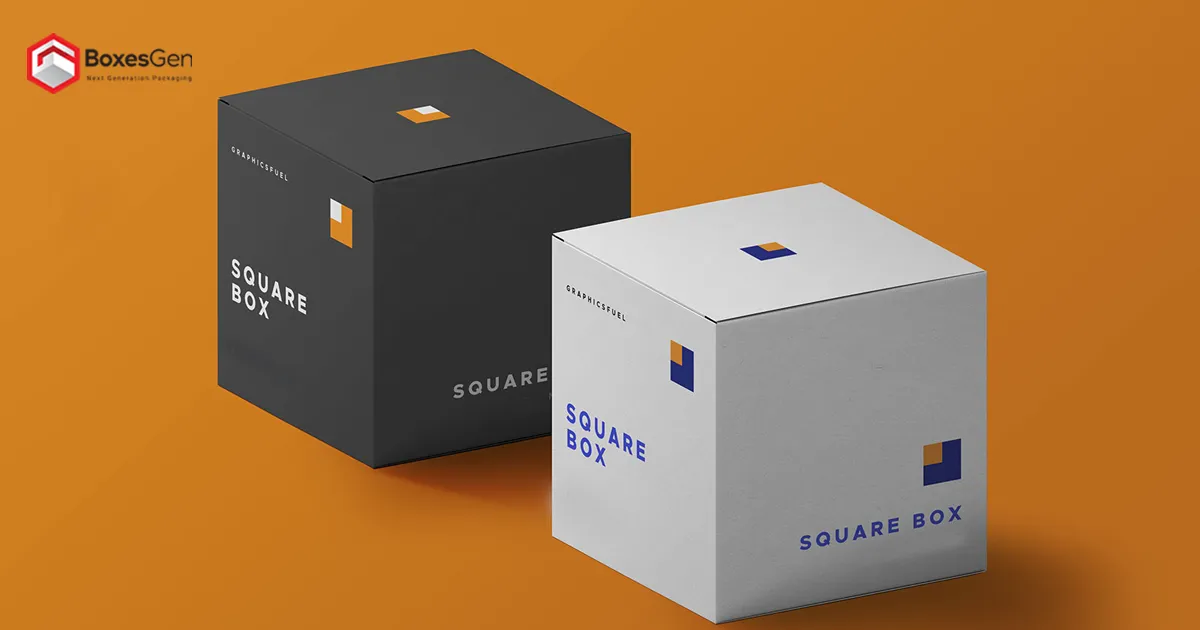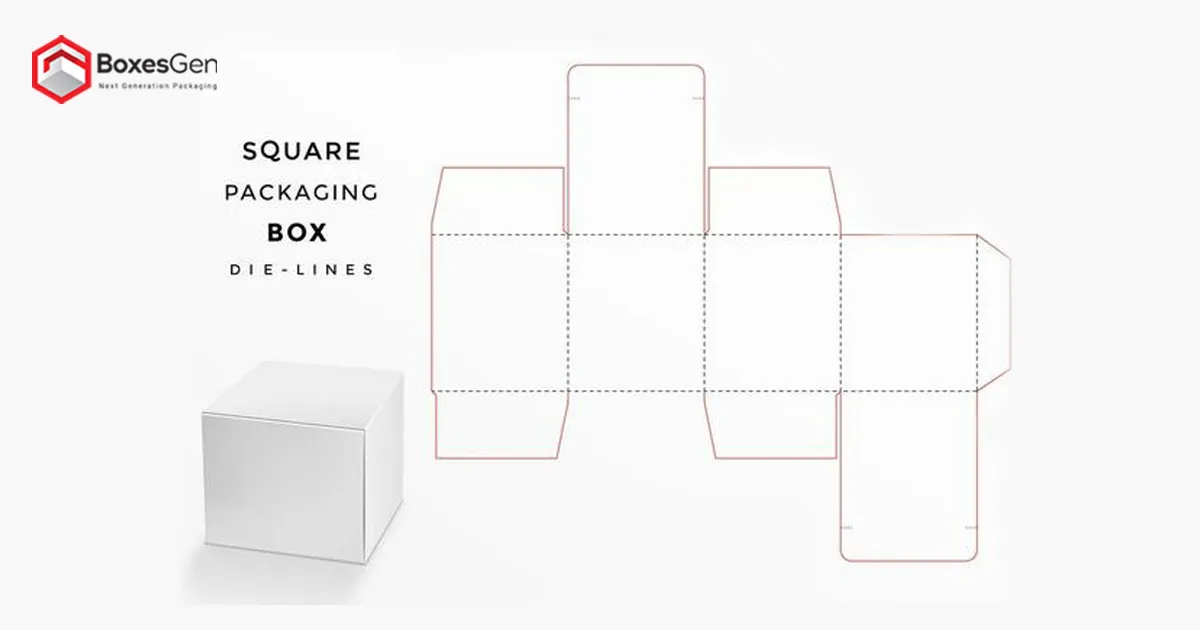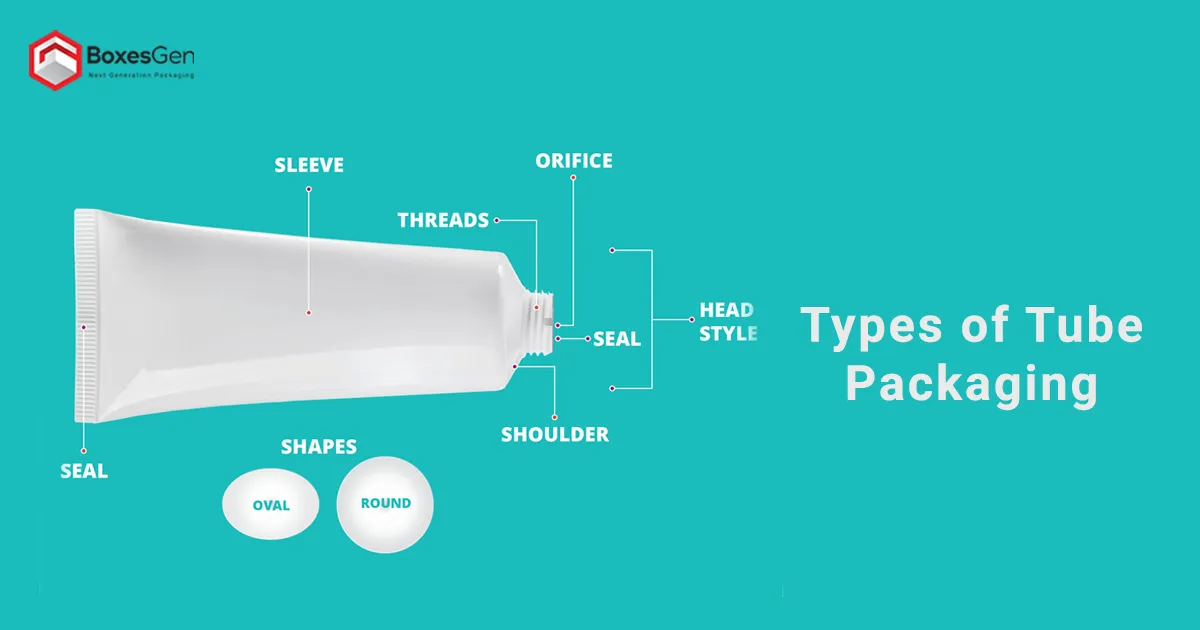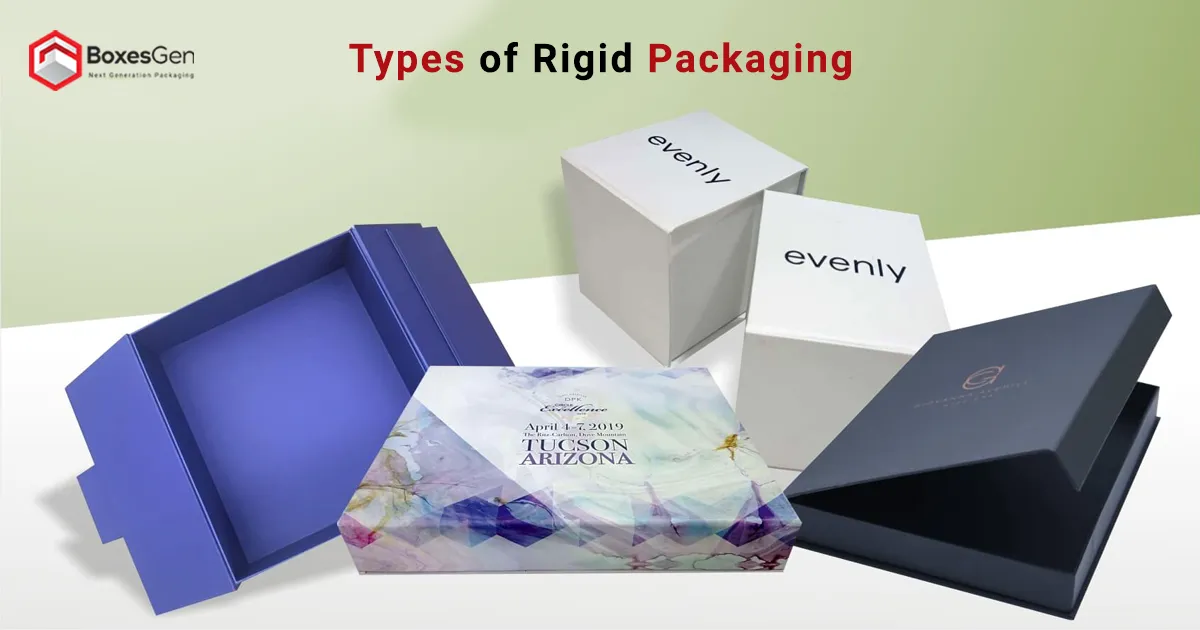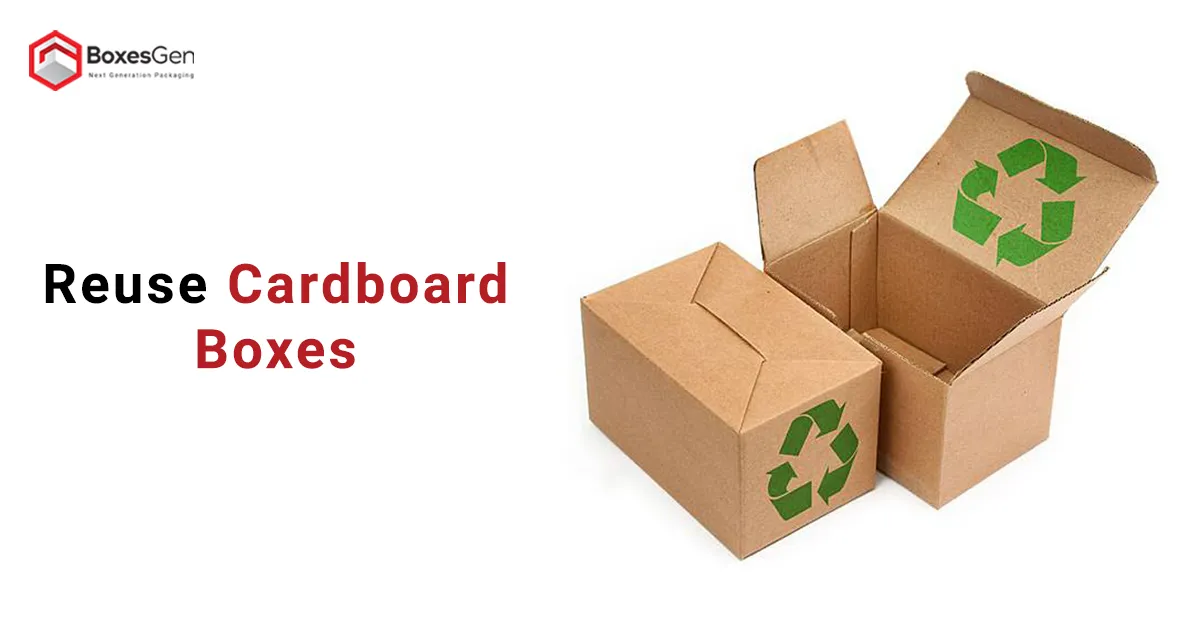All About Box Dimensions
In the world of packaging, box dimensions play an essential role in ensuring goods’ safe and efficient transport. Whether you send a small or large parcel, the right box dimensions can make a significant difference. In this article, we will delve into the intricacies of box dimensions, exploring various Types Of Boxes and their respective dimensions to help you make informed decisions regarding packaging.
Standard Box Dimensions
Regarding standard boxes, dimensions are often measured in Length, Width, and Height. These dimensions are crucial for determining the overall size of the box and how it fits into the shipping and storage processes. Standard Box Sizes for Shipping typically range from small boxes, suitable for individual items, to larger boxes, suitable for bulk shipments.
- Small Box: 8 x 6 x 4 inches
- Medium Box: 18 x 14 x 12 inches
- Large Box: 24 x 18 x 18 inches
These dimensions provide a baseline for various packaging needs, from shipping books to clothing or even smaller household items.
Custom Box Dimensions
Standard box sizes may not suffice in some cases, leading to the need for custom Box Dimensions. Custom boxes are tailor-made to fit specific products, ensuring a snug and secure fit during transportation. The dimensions of custom boxes vary widely, as they are designed to meet the unique requirements of each item.
- Custom Small Box: 10 x 8 x 6 inches
- Custom Medium Box: 20 x 16 x 14 inches
- Custom Large Box: 30 x 24 x 20 inches
Custom box dimensions are particularly valuable for fragile or irregularly shaped items that demand extra protection and care during transit.
Flat Boxes
Flat boxes, also known as slimline boxes, are designed for shipping items that are not too thick but require a broader surface area for protection. These boxes are commonly used for artwork, posters, or documents.
- Small Flat Box: 12 x 9 x 1 inches
- Medium Flat Box: 18 x 14 x 2 inches
- Large Flat Box: 24 x 20 x 3 inches
Flat boxes are ideal for keeping items flat and preventing bending or creasing during shipping.
Corrugated Boxes
Corrugated Boxes are a popular choice for their durability and strength. They are made with multiple layers of cardboard, providing greater protection for delicate or heavy items. The dimensions of corrugated boxes vary, catering to a wide range of products.
- Small Corrugated Box: 10 x 8 x 6 inches
- Medium Corrugated Box: 20 x 16 x 12 inches
- Large Corrugated Box: 30 x 24 x 18 inches
Corrugated boxes are suitable for diverse products and are often used in industries ranging from e-commerce to manufacturing.
Cube Boxes Dimensions & Die Line
Cube boxes, as the name suggests, have equal dimensions for Length, Width, and Height, forming a perfect cube. These versatile boxes can be used for various small to medium-sized items.
- Small Cube Box: 8 x 8 x 8 inches
- Medium Cube Box: 12 x 12 x 12 inches
- Large Cube Box: 18 x 18 x 18 inches
Cube Boxes are particularly useful when space efficiency is crucial, as they maximize the use of storage and transportation space.
Heavy-Duty Boxes
Heavy-duty boxes are the go-to choice for items that require extra protection due to their weight or fragility. These boxes come with reinforced walls, providing additional strength and support.
- Small Heavy-Duty Box: 10 x 8 x 8 inches
- Medium Heavy-Duty Box: 20 x 16 x 16 inches
- Large Heavy-Duty Box: 30 x 24 x 24 inches
Heavy-duty boxes are essential for transporting items that may be more susceptible to damage during handling and transportation.
Thermoformed Boxes
Thermoformed boxes are crafted from plastic, offering an alternative to traditional cardboard. These boxes are suitable for items that require a higher level of protection against moisture or other environmental factors.
- Small Thermoformed Box: 10 x 8 x 4 inches
- Medium Thermoformed Box: 18 x 14 x 8 inches
- Large Thermoformed Box: 24 x 20 x 12 inches
Thermoformed boxes are commonly used in industries such as electronics and medicine, where preserving the product’s integrity is crucial.
Factors Influencing Box Dimensions
Beyond the types of boxes and their standard or custom dimensions, several factors influence the selection of the right box size for a particular product. Understanding these factors is crucial for optimizing packaging efficiency and minimizing the risk of damage during transit.
Product Weight
The product’s weight is a key determinant in choosing appropriate box dimensions. It is essential to ensure that the selected box can withstand the weight of the contents without compromising its structural integrity. For heavier items, opting for heavy-duty boxes with reinforced walls becomes imperative.
Fragility of Items
Fragile items like glassware or electronics require extra care during shipping. Choosing a box with ample cushioning material and a snug fit is crucial to prevent breakage. Custom dimensions may be necessary to accommodate protective Packaging Materials adequately.
Dimensional Weight Considerations
Shipping carriers often calculate shipping costs based on dimensional weight, which considers both the weight and size of the package. To avoid unexpected shipping charges, it is essential to optimize box dimensions to strike a balance between protection and cost-effectiveness.
Storage and Warehousing
Consideration of storage and warehousing space is crucial for businesses dealing with bulk shipments. Standardizing box sizes can simplify storage processes and optimize warehouse space utilization, streamlining inventory management.
Eco-Friendly Packaging
As sustainability becomes a priority for many businesses, selecting eco-friendly packaging is gaining traction. Opting for boxes made from recycled materials and choosing dimensions that minimize waste contribute to environmentally responsible packaging practices.
Unconventional Box Types and Dimensions
Beyond the standard and specialized boxes mentioned earlier, certain unconventional box types cater to unique requirements in specific industries. These boxes come in various shapes and sizes, accommodating distinct products.
Telescoping Boxes
Telescoping boxes consist of two parts – a lid and a base that slide into each other. These are ideal for packaging items of varying heights, offering flexibility in accommodating different product sizes.
Hexagonal Boxes
Hexagonal Boxes provide an alternative to traditional square or rectangular shapes. They are often used for specialty items, creating a visually appealing packaging solution that stands out on the shelves.
Triangular Boxes
Triangular boxes are unique in shape and are suitable for packaging items with unconventional forms. They are commonly used in the food industry for packaging slices of pie or cake.
Cylindrical Boxes
Cylindrical boxes are commonly used for packaging items such as bottles or cylindrical containers. Their rounded design provides a sleek and modern Packaging Solution.
Tips for Optimal Box Dimensions:
Test and Measure
Before committing to a specific box size, testing the packaging with the actual product is advisable. Measuring the dimensions accurately and conducting shipping trials can help identify potential issues and ensure a snug fit.
Utilize Adjustable Boxes
Some boxes come with pre-scored lines, allowing for adjustment to different heights. These adjustable boxes offer flexibility, especially for businesses dealing with various product sizes.
Consider Stackability
For businesses shipping multiple boxes, considering the Stackability of boxes is crucial. Choosing dimensions that allow stable stacking can prevent damage during transit and optimize storage space.
Stay Informed on Shipping Regulations
Different carriers may have specific regulations regarding box dimensions and weights. Staying informed on these regulations ensures compliance and helps avoid unexpected fees or delays in shipping.
Conclusion
Understanding box dimensions is essential for effective packaging and transportation of goods. Whether you opt for standard sizes, custom dimensions, or specialty boxes like flat, corrugated, cube, heavy-duty, or thermoformed, choosing the right box size ensures that your items reach their destination intact. By considering the specific needs of your products, you can make informed decisions on the appropriate box dimensions, contributing to a seamless shipping process and ultimately increasing customer satisfaction.

